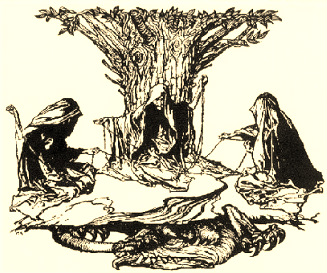
We are excited to be offering a new art journaling workshops in October and November: "Myths and Myth-making: Personal and Universal" - will explore the role myths play in shaping our lives. We will discuss the role of myths, look at specific myths in history and how myths help or hurt us in life. We will draw on myth imagery and write our own versions. Join us!
Sunday, October 20th from 1:30-3:30.
On Sunday Nov 3 we will introduce: "Journeys: Spiritual/Imaginal" and explore the idea of a journey as a concept for spiritual and mental health.
Again from 1:30-3:30.
On Sunday Nov 17 - "Myths" will be repeated for those who miss the first time.
1:30-3:30.
Sunday, October 20th from 1:30-3:30.
On Sunday Nov 3 we will introduce: "Journeys: Spiritual/Imaginal" and explore the idea of a journey as a concept for spiritual and mental health.
Again from 1:30-3:30.
On Sunday Nov 17 - "Myths" will be repeated for those who miss the first time.
1:30-3:30.
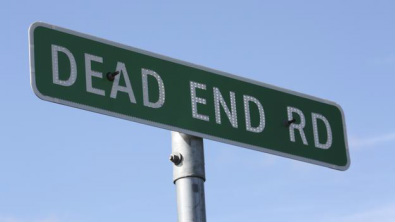
Then on Sunday, December 8 from 10:00-12:00, I am very pleased to welcome
Dr. Michelle Maidenberg to the studio for a special workshop:
Dr. Michelle Maidenberg to the studio for a special workshop:
Moving Beyond “STUCK-NESS”
A Mindfulness Based
Creative Arts Workshop for Practitioners
We all experience personal “stuck-ness” (e.g., job stress, interpersonal relationships,
weight loss, stagnant careers, etc…).
This feeling of being “stuck” gets in the way of living our lives in a meaningful and fulfilling way
that is in accordance with our values.
Through Cognitive Behavioral Therapy, Acceptance & Commitment Therapy,
journaling, meditation, guided imagery, and the identification of personal symbols
through mixed media/collage we will engage a therapeutic creative process.
You will acquire a repertoire of tools to help respond to your personal “stuck-ness” and direct practice skills to assist your clients.
Cost: $60 in advance, $75 at the door
A Mindfulness Based
Creative Arts Workshop for Practitioners
We all experience personal “stuck-ness” (e.g., job stress, interpersonal relationships,
weight loss, stagnant careers, etc…).
This feeling of being “stuck” gets in the way of living our lives in a meaningful and fulfilling way
that is in accordance with our values.
Through Cognitive Behavioral Therapy, Acceptance & Commitment Therapy,
journaling, meditation, guided imagery, and the identification of personal symbols
through mixed media/collage we will engage a therapeutic creative process.
You will acquire a repertoire of tools to help respond to your personal “stuck-ness” and direct practice skills to assist your clients.
Cost: $60 in advance, $75 at the door
Group Facilitators: Dr. Michelle Maidenberg, PhD, MPH, LCSW-R, CGP, President, Westchester Group Works, Co-Founder/Clinical Director, Thru My Eyes Foundation, Creator & Supervisor of the CBT Program at Camp Shane & Shane Resorts, Adjunct Professor, NYU & Baruch College, Family Systems, CBT, ACT & EMDR Trained. Mia de Bethune, ATR-BC, LCAT, Licensed Creative Arts Therapist, Adjunct Instructor, NYU & School of Visual Arts.
Please e-mail Dr. Michelle P. Maidenberg at maidenberg1@mindspring.com or call (914) 301-9474 to register or if you have questions
Please e-mail Dr. Michelle P. Maidenberg at maidenberg1@mindspring.com or call (914) 301-9474 to register or if you have questions
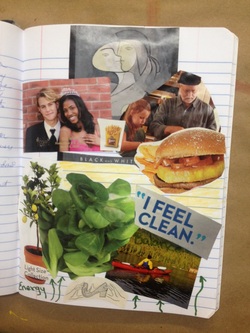

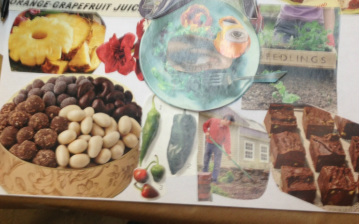
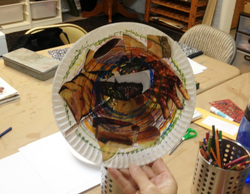
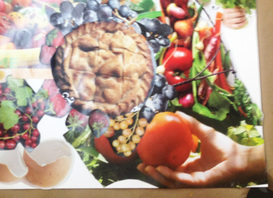
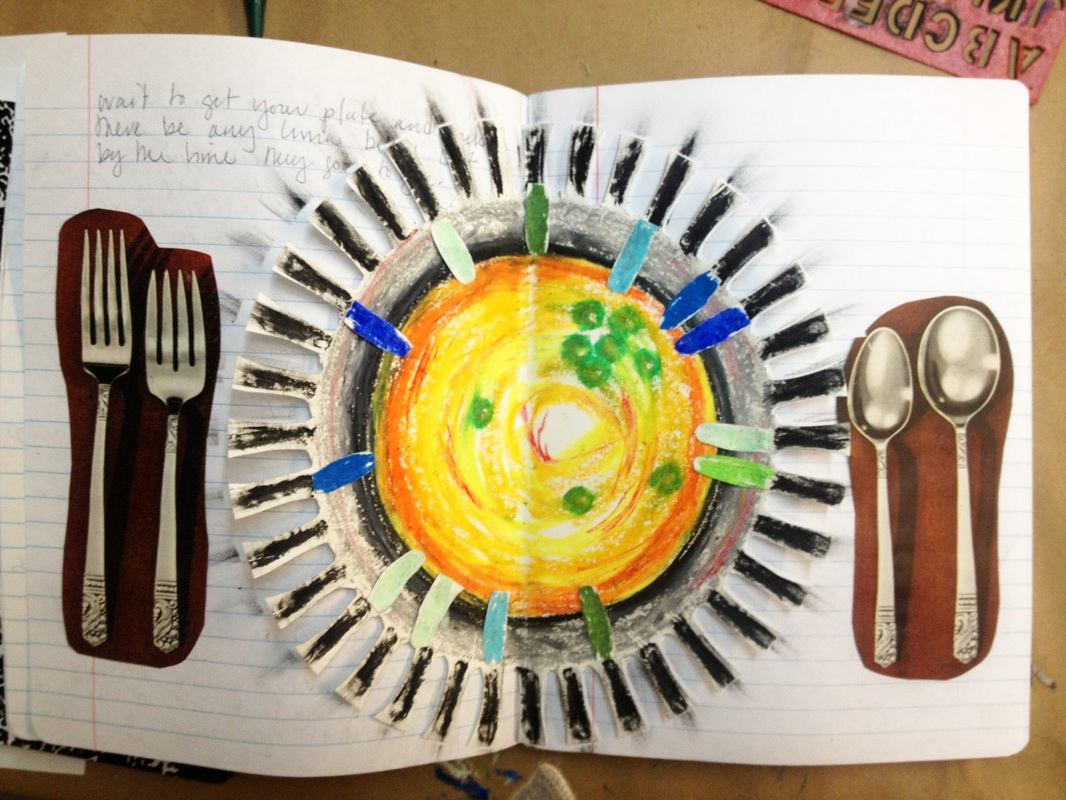
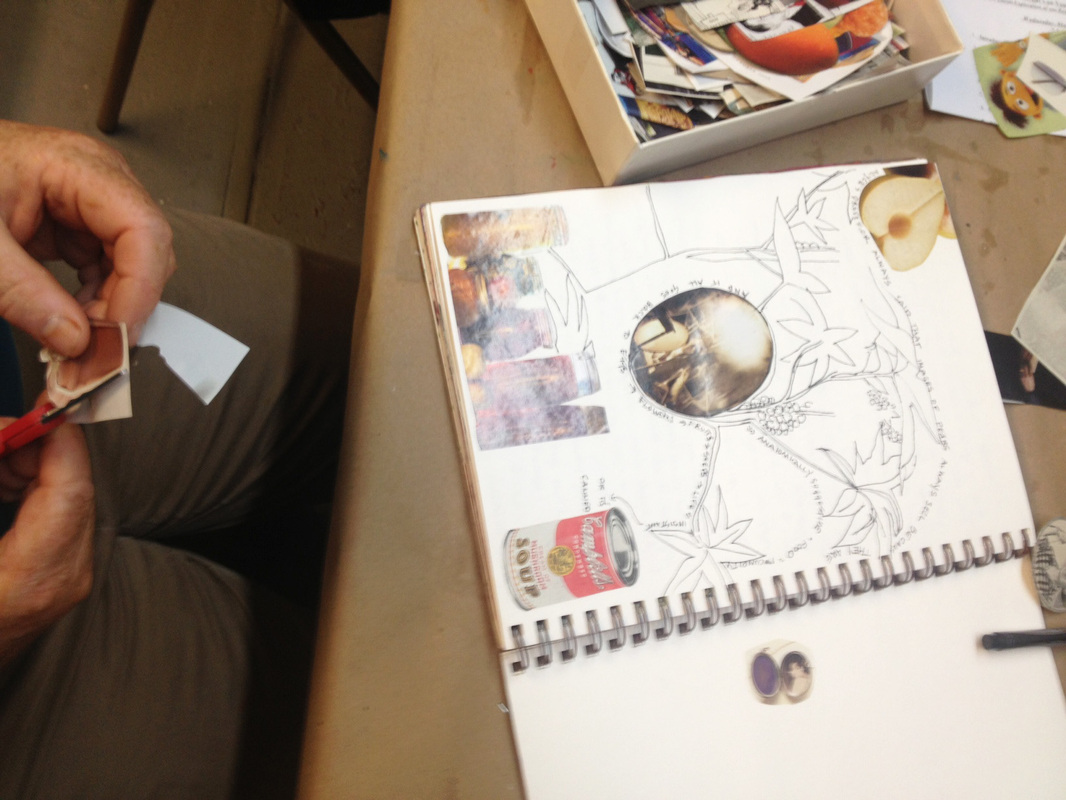
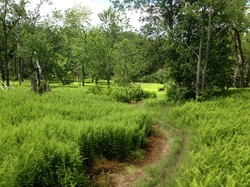
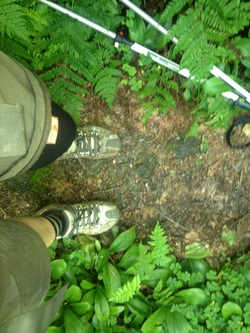
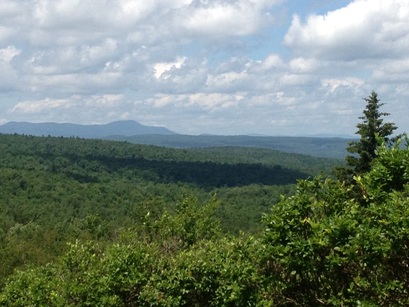
 RSS Feed
RSS Feed